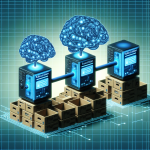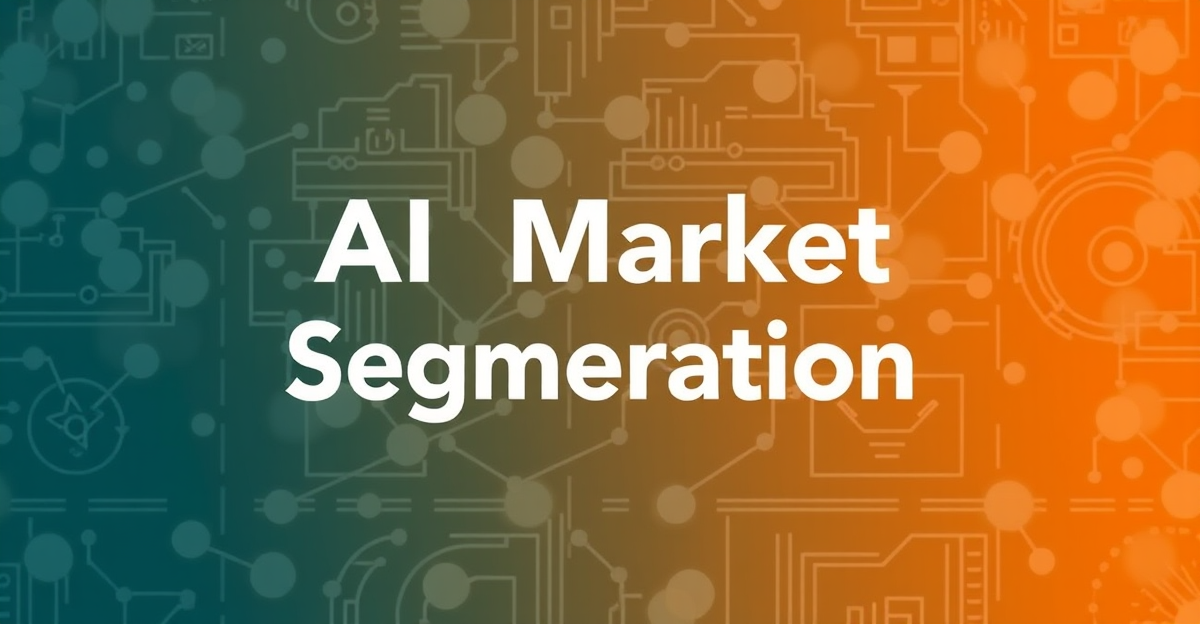Introduction to AI in Market Segmentation
In the age of big data, understanding customer behavior has become both an opportunity and a challenge for marketers. Traditional segmentation methods—based on demographics or broad psychographics—often fall short when it comes to delivering personalized and dynamic content. Artificial Intelligence (AI) is revolutionizing the way businesses approach market segmentation by offering more precise, data-driven insights that enable smarter and more agile targeting strategies.
What is AI-Driven Market Segmentation?
AI-driven market segmentation refers to the use of machine learning and other AI technologies to analyze vast amounts of consumer data and identify patterns that might be invisible to the human eye. Instead of relying solely on predefined categories, AI can automatically discover hidden segments based on actual behavior, preferences, and needs.
Data Sources Used in AI Segmentation
AI algorithms leverage various data sources to perform in-depth segmentation, including:
- Customer transaction history
- Web browsing behavior
- Social media engagement
- Geolocation data
- Email and campaign interaction
- CRM and customer support interactions
These data points are synthesized and analyzed in real-time, enabling marketers to refine and adapt segmentation strategies dynamically.
Key AI Techniques for Market Segmentation
Cluster Analysis and Unsupervised Learning
Clustering algorithms such as K-Means and Hierarchical Clustering are popular AI techniques utilized for segmenting markets. These unsupervised learning models group customers into clusters based on similarities across multiple dimensions—such as buying frequency, product preferences, and engagement levels—without any prior labeling or assumptions.
Predictive Modeling
Predictive modeling uses historical data to forecast future customer behavior. For instance, AI can predict which customer segments are most likely to convert, churn, or upgrade to premium services. Algorithms like logistic regression, decision trees, and neural networks support these models, providing deeper foresight for campaign planning.
Natural Language Processing (NLP)
NLP allows AI systems to analyze and interpret unstructured data like customer reviews, social media posts, and feedback forms. By understanding sentiment, intent, and topics of interest, marketers can uncover emotional and social factors that influence specific audience segments.
Real-Time Personalization
AI systems can continuously update customer profiles and segment membership based on live interactions. When a user browses particular pages on a website or interacts with a chatbot, AI algorithms recalibrate targeting strategies, leading to more relevant messaging and increased engagement.
Benefits of AI in Market Segmentation
Precision and Relevance
AI improves the relevancy of marketing messages by identifying segments with highly specific traits. This leads to a better match between products/services and customer needs.
Speed and Scalability
Manual segmentation is time-consuming and often limited in scope. AI can process millions of data points in seconds, delivering segmentation models that dynamically scale across markets and geographies.
Improved ROI
More accurate segmentation contributes directly to improved marketing ROI. Campaigns become more effective as they are tailored to groups most likely to respond positively.
Agility and Adaptability
AI allows for real-time adjustments to segmentation models. As consumer behavior changes, the system adapts instantly—ensuring that marketing strategies remain aligned with customer needs.
Challenges in Implementing AI Segmentation
Data Quality and Integration
AI’s effectiveness heavily depends on the quality and completeness of data. Inconsistent data sources can lead to inaccurate segmentation. Ensuring data hygiene and integration across systems is critical.
Algorithm Bias
If the initial dataset contains biased patterns, AI models may unintentionally perpetuate inequality or stereotyping. Marketers must validate and audit AI models for fairness and ethical use.
Cost and Complexity
Implementing AI-driven segmentation requires investments in technology, skilled personnel, and change management. Businesses must weigh these factors against the potential benefits.
The Future of AI in Market Segmentation
As AI capabilities continue to evolve, market segmentation will become even more refined with hyper-personalized outreach strategies and cross-channel coherence. Emerging technologies like generative AI and federated learning are expected to enhance privacy, decentralization, and relevance in customer segmentation.
Conclusion
Artificial Intelligence is reshaping the landscape of market segmentation by making it smarter, faster, and more responsive to consumer behavior. Businesses that leverage AI-driven segmentation strategies can expect improved engagement, higher conversion rates, and a competitive edge in an increasingly customer-focused marketplace. Moving forward, the key lies in balancing technological capabilities with ethical considerations and a deep understanding of the customer journey.






